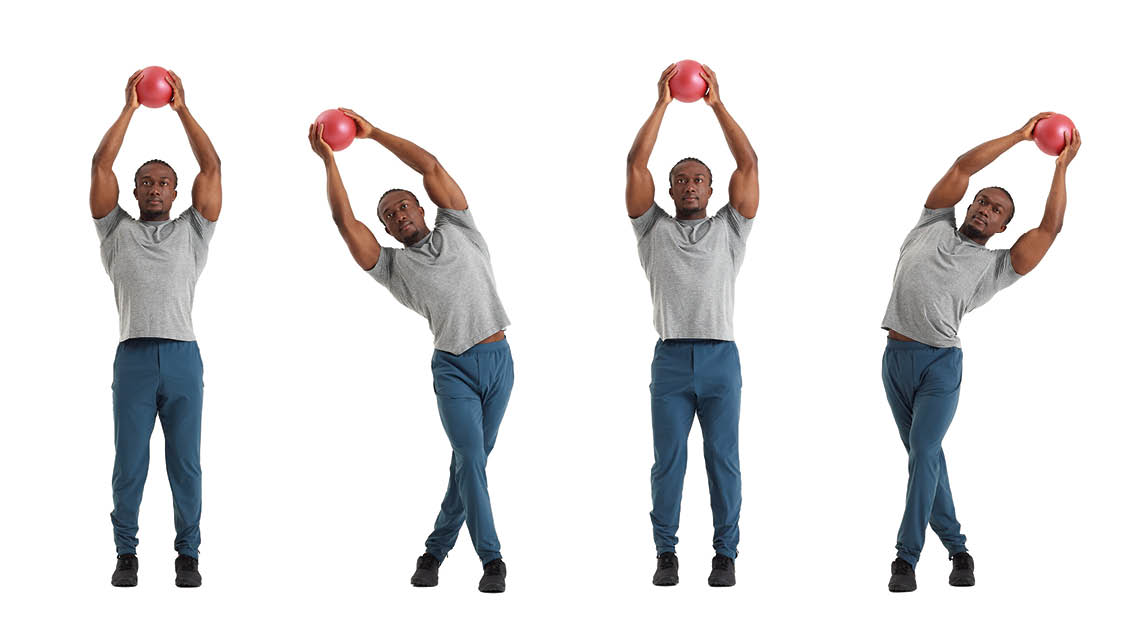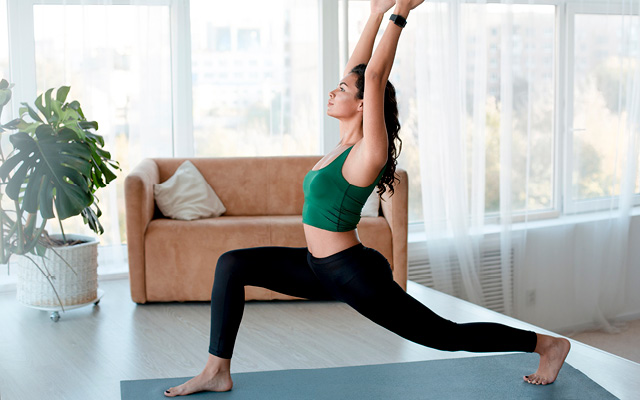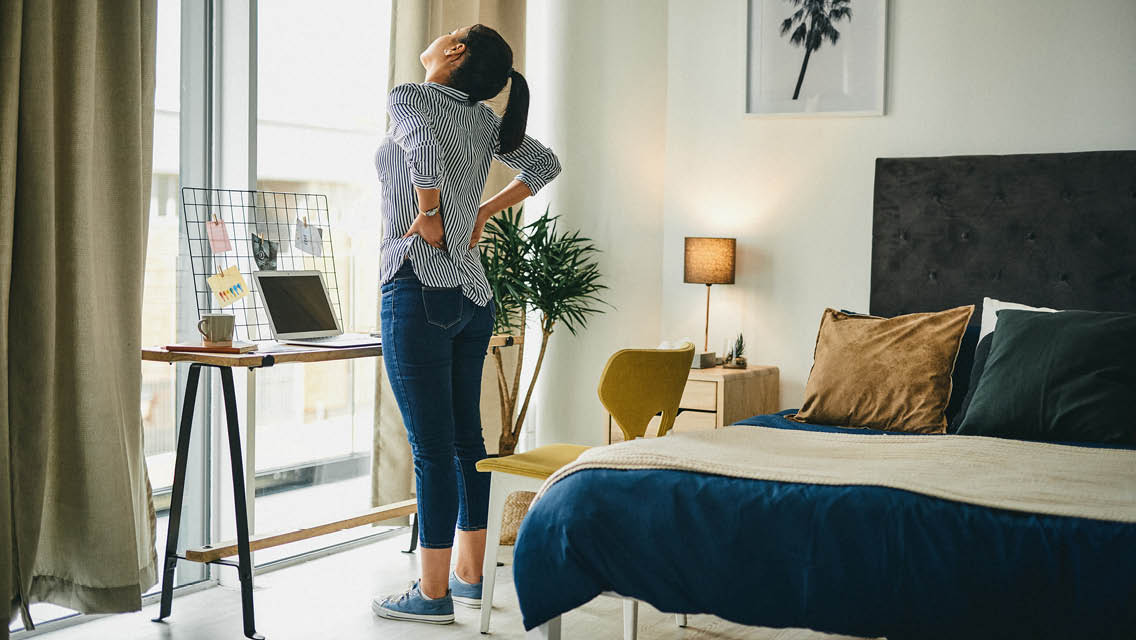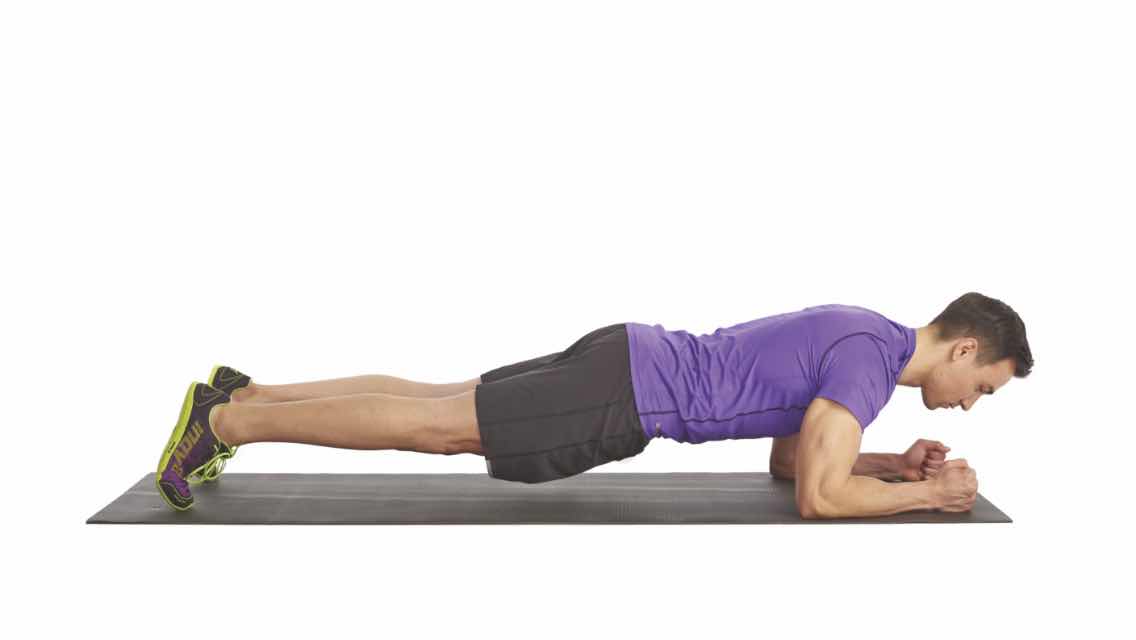Ask most people where their core is and there’s a good chance they’ll point to their bellies. But to functional-movement specialists like Gary Gray, PT, who has studied human movement for half a century, the core is so much more: a network of muscles and connective tissue radiating from your center, initiating and supporting movement in your trunk, spine, and limbs. The core folds, bends, and rotates in every direction — and, just as important, stops you from folding, bending, and rotating too far as well.
With this more global definition of the core, it’s easy to see why Gray — founder of the Gray Institute and a sought-after performance coach for elite athletes — balks at prescribing core workouts involving only floor moves like sit-ups and leg raises.
Most of us perform our most crucial and dynamic daily activities upright, on two feet, not lying supine on the floor. Moreover, classic floor exercises can be uncomfortable for many people, causing neck and lower-back pain.
To build a core that supports an active lifestyle and avoid troubling floor exercises, Gray recommends a simple, six-move standing solution.
“If someone said you could only do six core moves for the rest of your life, whether you’re 15 or 85, these are the ones you should choose,” he says.
Be warned: These moves won’t look or feel like any ab workout you’ve ever done. But if you do them regularly, you’ll not only build a strong and functional core, you’ll also move more smoothly and comfortably, from your nose to your toes.
The Workout
Each pair of core exercises below covers a single plane of movement: forward–back, side–side, and rotational right–left. As a whole, the six moves challenge your core in every possible direction. (“Don’t skip moves!” advises workout designer Gary Gray.)
- Perform each move smoothly and with minimal pausing. Once you master them, the whole routine should feel fluid and dancelike.
- For a quick warm-up, perform four to five reps per side of all moves, with no weight. For the main workout, perform eight to 12 reps per side for each move, with weight, such as a medicine ball or a light pair of dumbbells.
- Want an even tougher challenge? Once you’ve warmed up, change the tempo of the moves, performing some reps slow and others faster, being careful not to overstretch.
Stepping Forward, Stepping Back A
- Assume an athletic stance (feet shoulder width apart, knees slightly bent); if you want, hold a light weight (a medicine ball or a pair of light dumbbells) in front of your chest.
- Take a long step forward with your right foot, simultaneously raising your arms overhead.
- Bend your right knee, keeping your arms raised, and lift your gaze up and back as far as comfortably possible.
- Return to the starting position.
- Repeat the move, this time stepping forward with your left foot.
- Alternate legs for the appropriate rep count, coming into a slightly deeper lunge and raising your arms slightly higher on each rep.
Stepping Forward, Stepping Back B
- From the same starting position, take one long stride backward with your right foot, simultaneously bending forward and reaching your arms toward the floor a few inches in front of the toes of your right foot.
- Return to the starting position and repeat the move, this time stepping back with your left foot.
- Alternate legs for the appropriate rep count, attempting to fold forward a little farther with each rep.
Stepping Right, Stepping Left A
- In an athletic stance, reach your arms overhead, empty-handed or holding light weights.
- Step your right foot directly to your right, simultaneously side-bending your torso and raised arms to the left.
- Return to the starting position.
- Repeat the move to the opposite side.
- Alternate legs for the appropriate rep count, attempting to step outward and bend sideways
Stepping Right, Stepping Left B
- From the same starting position, step your right foot in front of and across your left, simultaneously side-bending your torso and raised arms to the right.
- Return to the starting position.
- Repeat the move to the opposite side.
- Alternate legs for the appropriate rep count, attempting to step across your opposite leg and bend sideways a little farther with each rep.
Turning Out, Turning In A
- Assume an athletic stance (feet shoulder width apart, knees slightly bent), empty-handed or holding light weights in front of your chest.
- Step your right foot back and to the right about a shoulder width and a half, rotating your leg so that your feet form a 90-degree angle.
- Extending your arms in front of you, rotate your torso to the right, simultaneously bending your right knee into a partial lunge.
- Return to the starting position.
- Repeat the move to the opposite side.
- Alternate legs for the appropriate rep count, attempting to rotate and lunge a little farther with each rep.
Turning Out, Turning In B
- From the same starting position, step your right foot forward and to the left about a shoulder width and a half from your left foot, rotating your right leg to the left so that your toes turn inward, and your feet form a roughly 45-degree angle.
- Extending your arms in front of you, rotate your torso to the left, simultaneously bending both knees slightly.
- Return to the starting position.
- Repeat the move to the opposite side.
Alternate legs for the appropriate rep count, attempting to rotate and lunge a little farther with each rep
This article originally appeared as “Stand Up for Ab Strength” in the October 2021 issue of Experience Life.





This Post Has 2 Comments
Can these exercises be done daily is it recommended to go through circuit a few times?
I like this set as it fits very nicely with traditional Qigong sets, but I would not teach the side turns in a way that encourages students to allow thier pelvis to rotate, pronating the forward knee. I find most students (particularly the elderly) have “lost touch” with rotating thier waist vs the pelvis; aggravating torsional knee problems. A good starting alternative is to practice the twist sitting on a stable chair to isolate and stabilize the pelvis.